Contents
Guide

Publisher: Amy Barrett-Daffin Creative Director: Gailen Runge Acquisitions Editor: Roxane Cerda Managing Editor: Liz Aneloski Editor: Beth Baumgartel Technical Editor: Helen Frost Cover/Book Designer: April Mostek Production Coordinator: Zinnia Heinzmann Production Editor: Alice Mace Nakanishi Illustrator: Kirstie L. Pettersen Photo Assistants: Kaeley Hammond and Lauren Herberg Photography by Estefany Gonzalez of C&T Publishing, Inc., unless otherwise noted Published by C&T Publishing, Inc., P.O. Box 1456, Lafayette, CA 94549
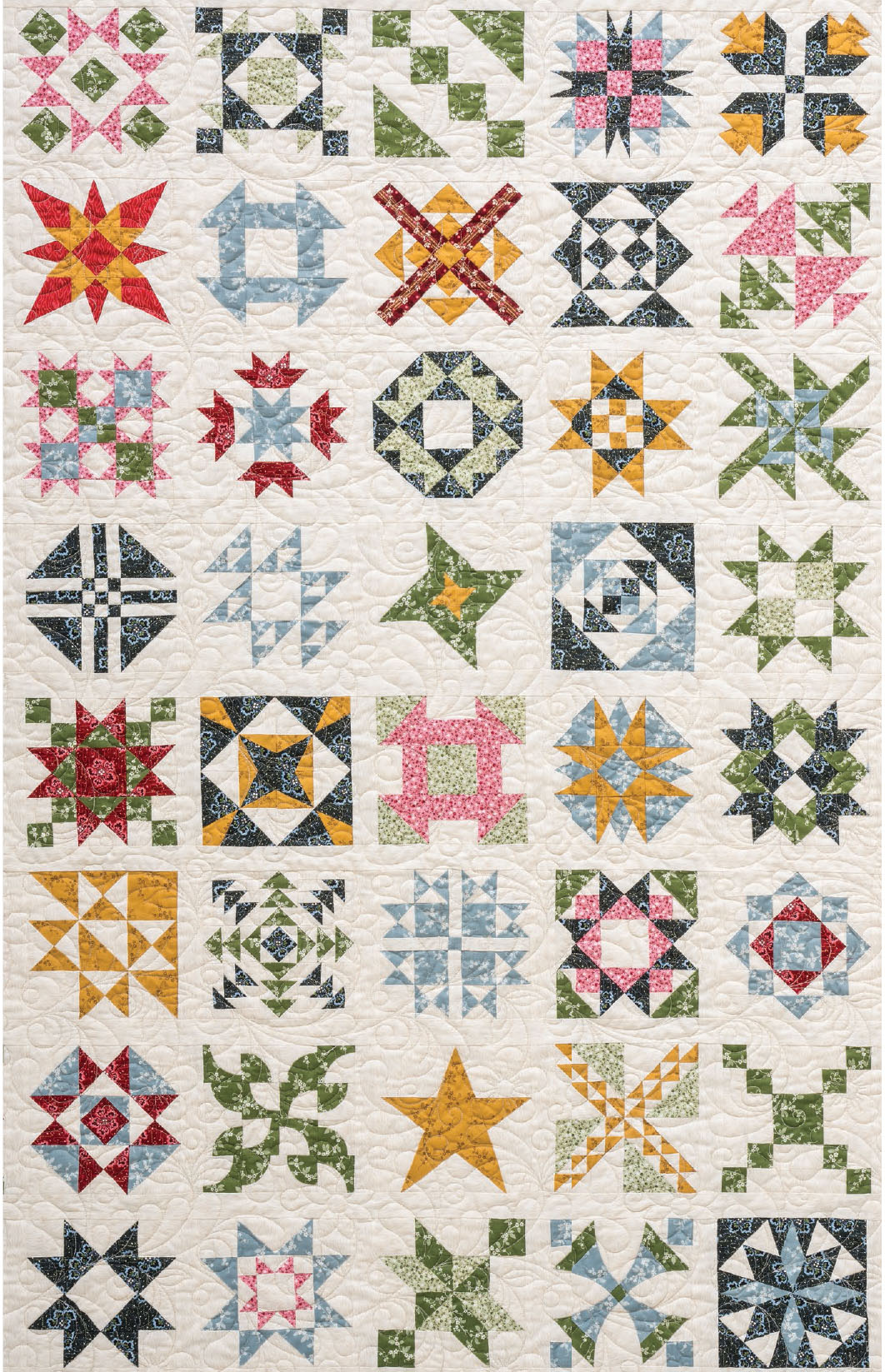
Dedication To readers and quilters around the world whose love for
Circle of Quilters and the other novels in the Elm Creek Quilts series inspired this book. Acknowledgments I am grateful to Geraldine Neidenbach and Shelley Stevens for their extensive and patient pattern testing and editing, and to Sue Vollbrecht for her beautiful quilting. Thanks to Geraldine, Shelley, Cecile Flegg, Dana Larson Mosling, Heather Neidenbach, and Cassandra Slocum for making beautiful samplers inspired by
Harriets Journey for the Gallery. This book would not have been possible without the contributions of the wonderful creative team at C&T Publishing, especially Roxane Cerda, Liz Aneloski, Beth Baumgartel, Helen Frost, April Mostek, Zinnia Heinzmann, Alice Mace Nakanishi, Kirstie L.
Pettersen, and Estefany Gonzalez. Many thanks to you all. Much love and gratitude to my husband, Marty, and our sons, Nicholas and Michael, for their steadfast love and encouragement. You make anything possible and everything worthwhile! IntroductionMaggies Journey with Harriet from Circle of Quilters Two Quilters, Separated in Time, United by an Extraordinary Sampler In my ninth Elm Creek Quilts novel, Circle of Quilters, Sylvia Bergstrom Compson, Sarah McClure, and their colleagues face an unexpected conundrum when two founding Elm Creek Quilters decide to pursue other career opportunities. Who, they wonder, could possibly take their dear friends places on the faculty at Elm Creek Quilt Camp? An Elm Creek Quilter must not only possess mastery of the quilting arts, but teaching experience, a sense of humor, and that intangible quality that allows an individual to work harmoniously within a group. Confident that the ideal quilters are just waiting to be discovered, Sarah announces an open call for applicants.
Immediately thereafter, quilters from around the country begin vying for one of the prestigious posts. Among them is Maggie Flynn, an accomplished quilter from Sacramento, California, whose discovery of an exquisite sampler quilt had utterly changed her fate. 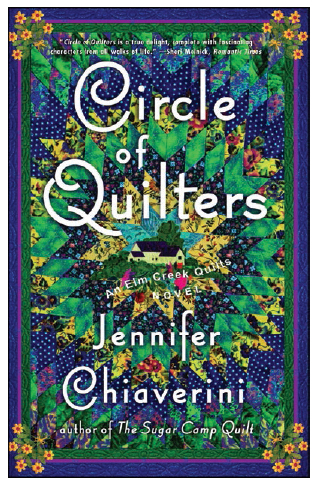 When Maggie first spotted the quilt at a garage sale, it was in such poor condition that only upon closer examination did she realize she had stumbled upon an overlooked masterpiece. For one thing, it was absolutely filthy; a good shake flung up a cloud of dust but left the surface as grimy as before. The focus fabrics were pretty but faded, and the plain background fabric might have been white once but had discolored with age and neglect. Chagrined, the garage sale host apologized for the quilts condition and explained that it had been left in the garage since her family had moved to the neighborhood twenty-six years before.
When Maggie first spotted the quilt at a garage sale, it was in such poor condition that only upon closer examination did she realize she had stumbled upon an overlooked masterpiece. For one thing, it was absolutely filthy; a good shake flung up a cloud of dust but left the surface as grimy as before. The focus fabrics were pretty but faded, and the plain background fabric might have been white once but had discolored with age and neglect. Chagrined, the garage sale host apologized for the quilts condition and explained that it had been left in the garage since her family had moved to the neighborhood twenty-six years before.
Her mother-in-law had purchased it at an estate auction, and when she had grown tired of it, she had given it to her son to keep dog hair off the car seats when he took his German shepherds to the park. The old quilt wasnt even really part of the sale, as they were only using it to hide an ugly table. When she offered to part with it for five dollars, Maggie quickly accepted. 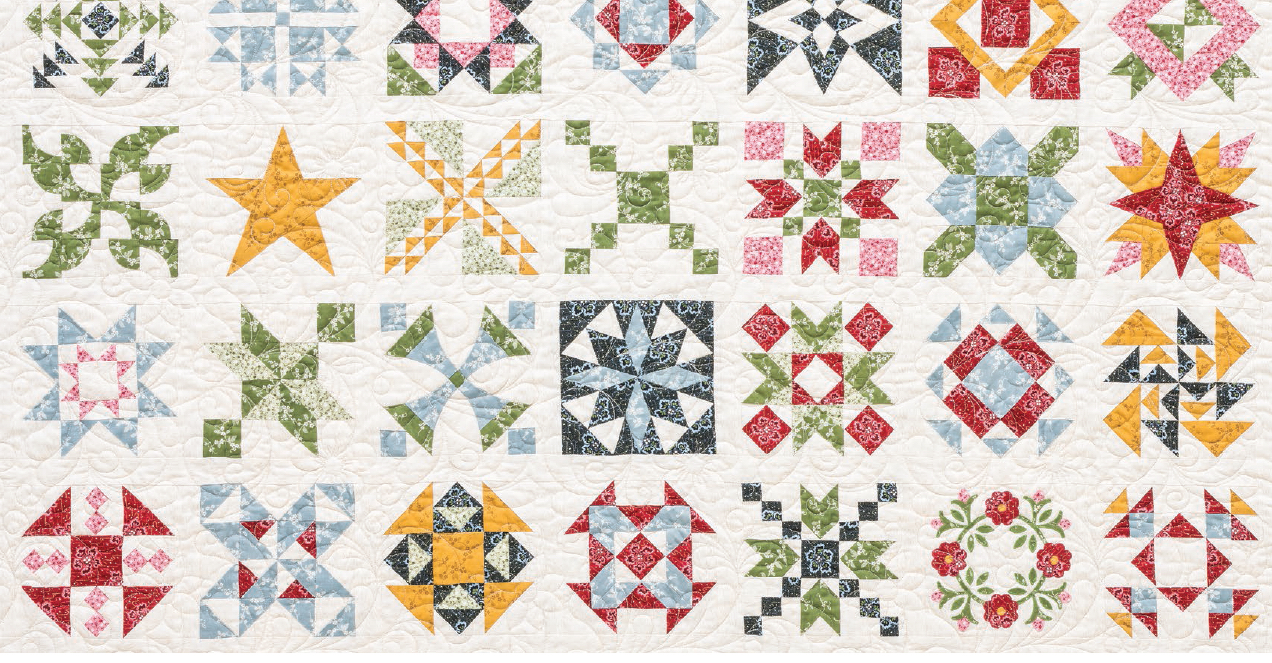 After Maggie took the quilt home, carefully spread it upon her living room floor, and studied it more closely, her initial hopes that she had discovered something very special were confirmed. The two quilts she had made years beforeone a Girl Scout badge requirement, the other a gift for her sisters firstbornby no means made her an expert, but she knew at once that this quilt was unique, a sampler of one hundred different blocks, each six inches square and arranged in ten rows of ten. The geometric patterns of the blocks were striking, and despite its careless treatment, the quilt was free of holes, tears, and stains.
After Maggie took the quilt home, carefully spread it upon her living room floor, and studied it more closely, her initial hopes that she had discovered something very special were confirmed. The two quilts she had made years beforeone a Girl Scout badge requirement, the other a gift for her sisters firstbornby no means made her an expert, but she knew at once that this quilt was unique, a sampler of one hundred different blocks, each six inches square and arranged in ten rows of ten. The geometric patterns of the blocks were striking, and despite its careless treatment, the quilt was free of holes, tears, and stains.
Suddenly, another astonishing discovery made Maggie gasp aloud: Along one edge, embroidered in thread that had faded to pale brown barely distinguishable from the background fabric, were the words Harriet Findley Birch. Lowell, Mass. to Salem, Ore. 1854. Surely this was an important clue about the quilts provenance. Curiosity compelled her to consult a very special team of expertsthe Courtyard Quilters, a quilting bee for residents of the retirement community where Maggie worked.
The ladies marveled over the long-neglected treasure, identified many of the sampler blocks, and urged Maggie to contact a museum curator and quilt artistGrace Daniels, whom longtime readers will remember from her first series appearance in The Cross-Country Quiltersfor advice about how to properly clean and care for the quilt. When Maggie confessed that she longed to know who Harriet Findley Birch was and what had inspired her masterpiece, the Courtyard Quilters encouraged her to begin her search at the local universitys archives. Maggie entrusted Harriets sampler to Grace for cleaning and study, and then plunged into her research project. By the time Grace returned the quilt to her, so beautifully restored that Maggie almost didnt recognize it, she had learned that Harriet Findley had been born in 1830 in rural Massachusetts, she had moved to Lowell to work in the cotton mills in 1847, and she had married Franklin Birch in 1850. Soon thereafter the couple had traveled west along the Oregon Trail and had settled in Oregon, where they had raised six children. Maggie was struck by an exciting and yet disconcerting thought: Perhaps some of Harriets descendants still lived in the region.
The more she understood how rare and precious the quilt was, the more she realized she ought to return it to Harriets family, if she could find them. And yet, perhaps she could keep it too, in a sense, by painstakingly creating a replica. She bought colored pencils, graph paper, and a ruler and began drafting the beloved little blocks, imagining Harriet Findley Birch sketching the originals so long ago. Maggie named some of the unidentified blocks after locations on the Oregon TrailIndependence Rock, Fort Bridger, Star Valleywhile other titles such as Lowell Crossroads and City of Spindles were inspired by Harriets years as a mill girl. After Maggie had completed several drawings, she visited the Courtyard Quilters favorite quilt shop to purchase fabrics, thread, and notions. As the months passed, she stitched blocks, drew more patterns, and visited the Goose Tracks Quilt Shop so frequently that she became good friends with the owner and several regular customers.
They marveled over Harriets sampler, and they so admired Maggies reproductionwhich she called My Journey with Harrietthat the shop owner hired her to teach a class, so other quilters could make their own versions. Her first class was such a success that a second promptly followed, and then another, until Maggies classes became fixtures of the stores curriculum. All the while, as the months passed and turned into years, Maggie continued to research Harriet Findley Birchs life. Over time, she learned that Harriet had worked as a mill girl in Lowell, Massachusetts until she married. When her husband resolved to move West, Harriet consented, though her heart broke to part from her dear friends, many of whom still worked at the mills. Knowing she would no longer be able to trade patterns with her friends, she stitched her masterwork as a record of all the blocks they knew, so that no matter how far west she traveled, she would have a wonderful variety of patterns to choose from when making quilts for her growing family in the years to come.

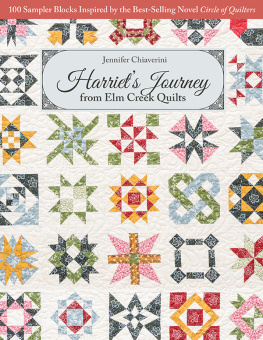
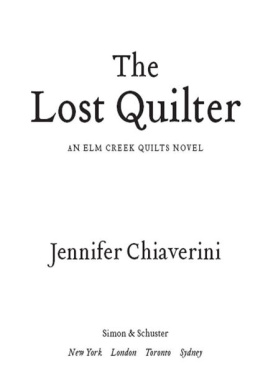

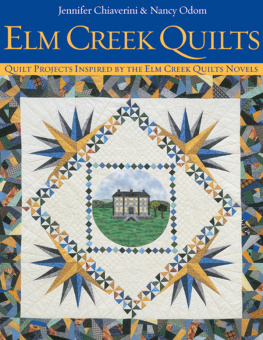

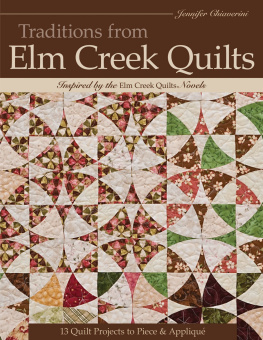
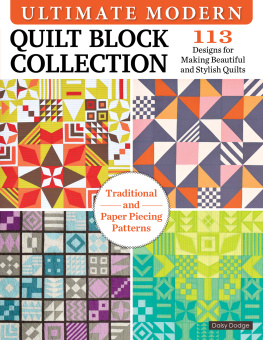
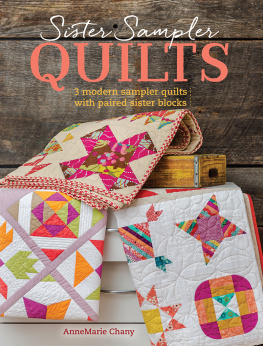

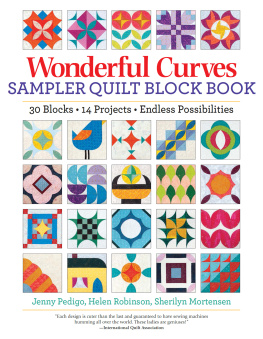
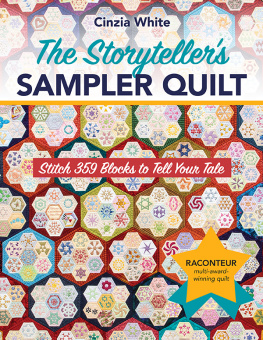
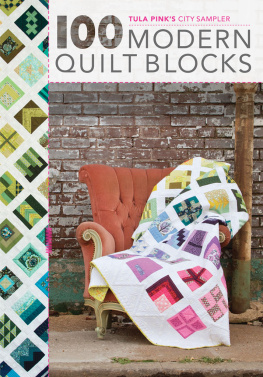
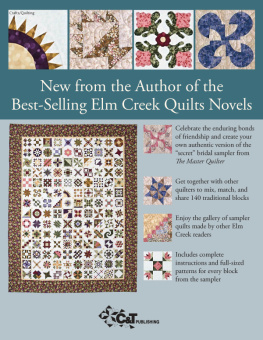
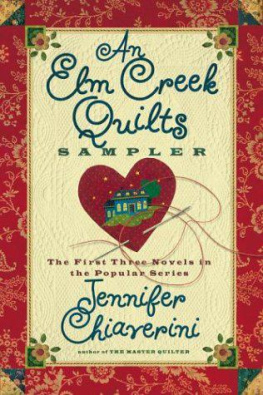
 Publisher: Amy Barrett-Daffin Creative Director: Gailen Runge Acquisitions Editor: Roxane Cerda Managing Editor: Liz Aneloski Editor: Beth Baumgartel Technical Editor: Helen Frost Cover/Book Designer: April Mostek Production Coordinator: Zinnia Heinzmann Production Editor: Alice Mace Nakanishi Illustrator: Kirstie L. Pettersen Photo Assistants: Kaeley Hammond and Lauren Herberg Photography by Estefany Gonzalez of C&T Publishing, Inc., unless otherwise noted Published by C&T Publishing, Inc., P.O. Box 1456, Lafayette, CA 94549
Publisher: Amy Barrett-Daffin Creative Director: Gailen Runge Acquisitions Editor: Roxane Cerda Managing Editor: Liz Aneloski Editor: Beth Baumgartel Technical Editor: Helen Frost Cover/Book Designer: April Mostek Production Coordinator: Zinnia Heinzmann Production Editor: Alice Mace Nakanishi Illustrator: Kirstie L. Pettersen Photo Assistants: Kaeley Hammond and Lauren Herberg Photography by Estefany Gonzalez of C&T Publishing, Inc., unless otherwise noted Published by C&T Publishing, Inc., P.O. Box 1456, Lafayette, CA 94549  Dedication To readers and quilters around the world whose love for Circle of Quilters and the other novels in the Elm Creek Quilts series inspired this book. Acknowledgments I am grateful to Geraldine Neidenbach and Shelley Stevens for their extensive and patient pattern testing and editing, and to Sue Vollbrecht for her beautiful quilting. Thanks to Geraldine, Shelley, Cecile Flegg, Dana Larson Mosling, Heather Neidenbach, and Cassandra Slocum for making beautiful samplers inspired by Harriets Journey for the Gallery. This book would not have been possible without the contributions of the wonderful creative team at C&T Publishing, especially Roxane Cerda, Liz Aneloski, Beth Baumgartel, Helen Frost, April Mostek, Zinnia Heinzmann, Alice Mace Nakanishi, Kirstie L.
Dedication To readers and quilters around the world whose love for Circle of Quilters and the other novels in the Elm Creek Quilts series inspired this book. Acknowledgments I am grateful to Geraldine Neidenbach and Shelley Stevens for their extensive and patient pattern testing and editing, and to Sue Vollbrecht for her beautiful quilting. Thanks to Geraldine, Shelley, Cecile Flegg, Dana Larson Mosling, Heather Neidenbach, and Cassandra Slocum for making beautiful samplers inspired by Harriets Journey for the Gallery. This book would not have been possible without the contributions of the wonderful creative team at C&T Publishing, especially Roxane Cerda, Liz Aneloski, Beth Baumgartel, Helen Frost, April Mostek, Zinnia Heinzmann, Alice Mace Nakanishi, Kirstie L.  When Maggie first spotted the quilt at a garage sale, it was in such poor condition that only upon closer examination did she realize she had stumbled upon an overlooked masterpiece. For one thing, it was absolutely filthy; a good shake flung up a cloud of dust but left the surface as grimy as before. The focus fabrics were pretty but faded, and the plain background fabric might have been white once but had discolored with age and neglect. Chagrined, the garage sale host apologized for the quilts condition and explained that it had been left in the garage since her family had moved to the neighborhood twenty-six years before.
When Maggie first spotted the quilt at a garage sale, it was in such poor condition that only upon closer examination did she realize she had stumbled upon an overlooked masterpiece. For one thing, it was absolutely filthy; a good shake flung up a cloud of dust but left the surface as grimy as before. The focus fabrics were pretty but faded, and the plain background fabric might have been white once but had discolored with age and neglect. Chagrined, the garage sale host apologized for the quilts condition and explained that it had been left in the garage since her family had moved to the neighborhood twenty-six years before. After Maggie took the quilt home, carefully spread it upon her living room floor, and studied it more closely, her initial hopes that she had discovered something very special were confirmed. The two quilts she had made years beforeone a Girl Scout badge requirement, the other a gift for her sisters firstbornby no means made her an expert, but she knew at once that this quilt was unique, a sampler of one hundred different blocks, each six inches square and arranged in ten rows of ten. The geometric patterns of the blocks were striking, and despite its careless treatment, the quilt was free of holes, tears, and stains.
After Maggie took the quilt home, carefully spread it upon her living room floor, and studied it more closely, her initial hopes that she had discovered something very special were confirmed. The two quilts she had made years beforeone a Girl Scout badge requirement, the other a gift for her sisters firstbornby no means made her an expert, but she knew at once that this quilt was unique, a sampler of one hundred different blocks, each six inches square and arranged in ten rows of ten. The geometric patterns of the blocks were striking, and despite its careless treatment, the quilt was free of holes, tears, and stains.